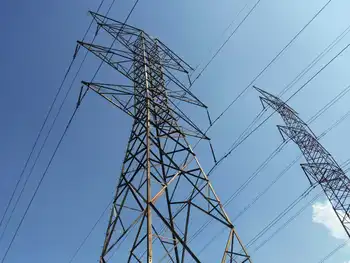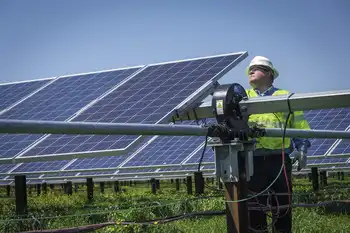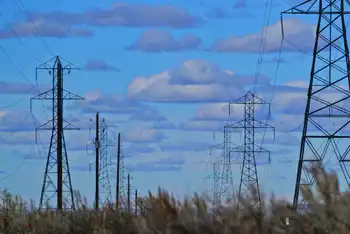North Carolina scuffles with TVA over testimony
By The Tennessean
Protective Relay Training - Basic
Our customized live online or in‑person group training can be delivered to your staff at your location.

- Live Online
- 12 hours Instructor-led
- Group Training Available
The opening day in North Carolina's lawsuit against the federal power producer had TVA attorney Frank Lancaster telling the state to clean up emissions from the investor-owned, coal-burning plants within its own borders, instead of "pointing a finger at TVA."
The two parties skirmished on several points, including whether the Southern Appalachian Mountains Initiative should be discussed.
The project, 10 years in study and negotiation, had been carried out by eight states, along with TVA, and a variety of other agencies. The report looked in-depth at problems with acid rain and smog in high-quality natural areas, including the Great Smoky Mountains National Park, which Tennessee and North Carolina share.
Federal Judge Lacy Thornburg overrode the TVA attorneys' objections to the state questioning witnesses about the report.
The Blue Ridge Mountains, which run through several nearby states, got their name because of the "bluish haze" that would envelop them — a haze that came mainly from volatile organic compounds that plants and trees emit, said William A. Jackson of Asheville, an air resource specialist with the U.S. Forestry Service.
Sulfur dioxide emissions from burning coal causes a different effect, he said.
"Sulfate particles scatter light, particularly at high humidity," he said.
This gives a "white veil" effect, limiting the view. A person standing on an outlook in the mountains might see 20 or more miles when the air is clear, but only one or two miles if the particles are many, exhibits showed.
"To make the greatest impact on visibility would be to make reductions in sulfur dioxide emissions," Jackson said.
That would include reducing the pollutants in many states, though TVA's plants — which are west of the mountains — came up frequently as responsible for high levels on different days in some areas, charts indicated. Emissions from North Carolina plants were responsible for high levels some days, too. Winds play a big factor.
Jackson had worked on the regional mountains study, in which Tennessee, Alabama, Georgia, Kentucky, North Carolina, Virginia, South Carolina and West Virginia agreed that their air quality affects the mountains.
The sulfur that generates the haze in the air drops as acidic deposition in streams and on the land and can harm vegetation and aquatic life, Jackson said. It can result in a release of aluminum, a common element in the ground, that is capable of killing trout in waterways and making it difficult for trees to take in water through their roots, he said.
TVA attorneys had challenged Jackson's being allowed to testify on the topic, saying he had not been listed as the expert witness on air modeling — determining how pollutants move when airborne. North Carolina successfully argued that Jackson had been included as one of the witnesses when the lawsuit was filed in 2006, and anyone looking at his credentials in the documents would expect him to address the topic.
North Carolina is arguing that TVA emissions are making its residents ill and costing it health-care and tourism dollars. It wants TVA to follow North Carolina's Clean Smokestacks Act, passed in 2002, which requires plants there to cap emissions by 2013. TVA says it's already doing more to reduce pollution than the plants inside that state's borders.
"TVA has made substantial and successful efforts to reduce its pollution," Lancaster said in an opening statement.
It's also using lower-sulfur coal in plants without the scrubbers that remove most sulfur dioxide from emissions, he said. It has cut emissions from more than 850,000 tons in 1995 to less than 400,000 last year, documents state.











